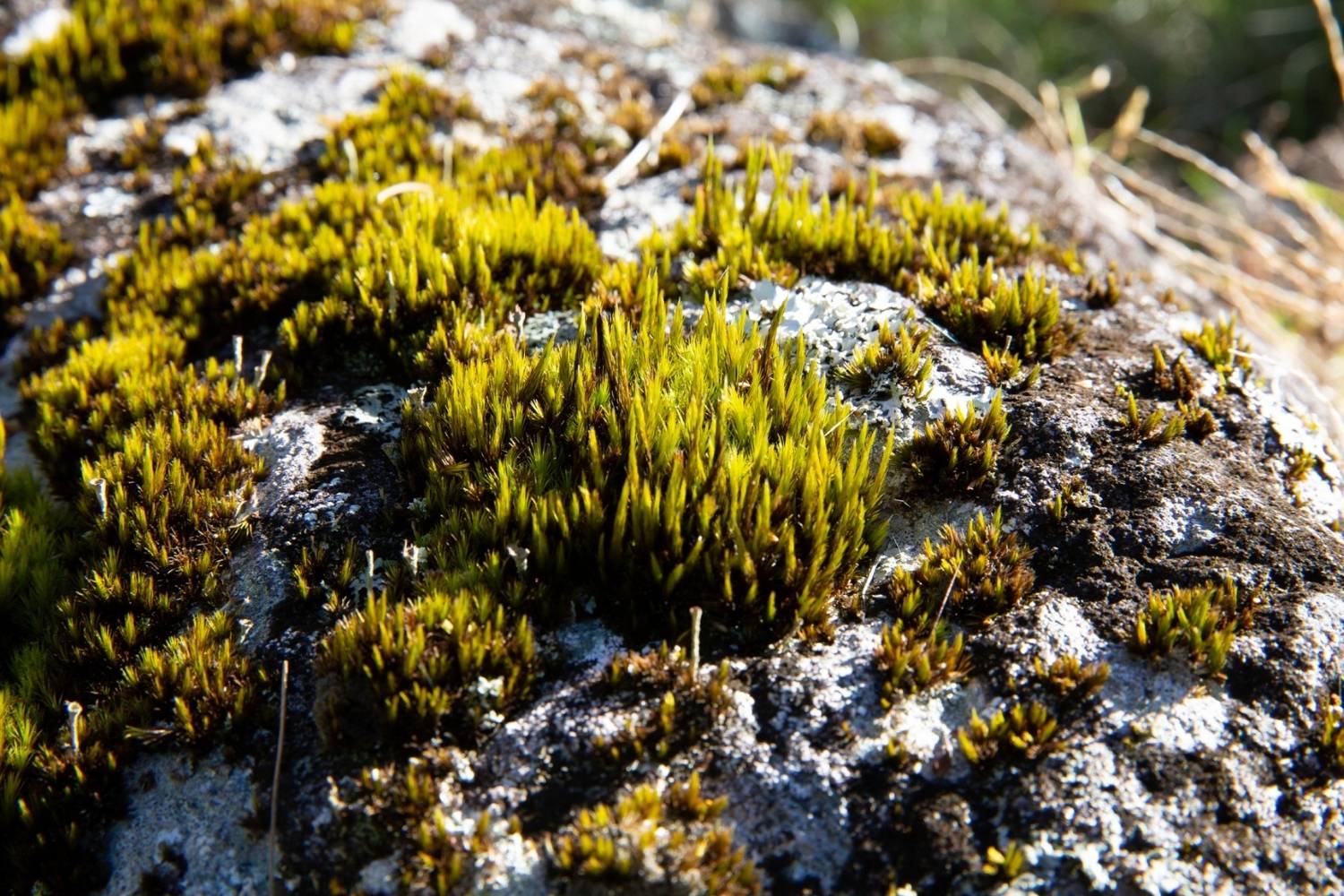
Bryophytes are some of the most fascinating plants on Earth. These non-vascular plants, which include mosses, liverworts, and hornworts, thrive in moist environments and play a crucial role in ecosystems. Did you know that bryophytes are among the oldest land plants, dating back over 450 million years? They lack true roots, stems, and leaves, yet they manage to survive in diverse habitats, from rainforests to arctic tundras. Bryophytes are also essential for soil formation and water retention. Their simple structure and life cycle make them unique and vital for studying plant evolution. Curious about these tiny but mighty plants? Let's dive into 28 intriguing facts about bryophytes that will leave you amazed!
What Are Bryophytes?
Bryophytes are fascinating plants that include mosses, liverworts, and hornworts. They are among the oldest land plants and have unique characteristics that set them apart from other plant groups.
- Bryophytes lack true roots, stems, and leaves. Instead, they have structures called rhizoids that anchor them to the ground.
- These plants do not produce seeds. Instead, they reproduce through spores.
- Bryophytes are non-vascular plants, meaning they do not have a vascular system to transport water and nutrients.
- They thrive in moist environments because they absorb water directly through their surfaces.
- Bryophytes play a crucial role in preventing soil erosion by stabilizing the soil with their rhizoids.
Types of Bryophytes
Bryophytes are divided into three main groups: mosses, liverworts, and hornworts. Each group has unique features and ecological roles.
- Mosses are the most common type of bryophyte and can be found in various habitats, from forests to urban areas.
- Liverworts have flattened, leaf-like structures called thalli and are often found in damp, shaded environments.
- Hornworts get their name from their horn-like sporophytes, which grow from the plant's base.
- Mosses have tiny, leaf-like structures arranged around a central stem.
- Liverworts can reproduce both sexually and asexually, often through structures called gemmae cups.
Ecological Importance of Bryophytes
Bryophytes play a significant role in ecosystems, contributing to biodiversity and providing habitat for various organisms.
- Bryophytes are pioneer species, meaning they are among the first to colonize bare or disturbed land.
- They create microhabitats for small invertebrates, fungi, and other microorganisms.
- Bryophytes contribute to the formation of soil by breaking down rocks and organic matter.
- They help retain moisture in the environment, which benefits other plants and animals.
- Bryophytes can absorb heavy metals and pollutants, helping to clean the environment.
Bryophytes and Climate Change
Bryophytes are sensitive indicators of environmental changes, making them valuable for studying the impacts of climate change.
- Bryophytes are used as bioindicators to monitor air and water quality.
- Changes in bryophyte populations can signal shifts in climate conditions, such as temperature and humidity.
- Bryophytes store carbon, playing a role in the global carbon cycle.
- They are affected by changes in precipitation patterns, which can impact their growth and distribution.
- Bryophytes can help scientists understand the effects of climate change on ecosystems over time.
Unique Features of Bryophytes
Bryophytes have several unique features that distinguish them from other plant groups.
- Bryophytes have a dominant gametophyte stage, which is the green, photosynthetic part of the plant.
- The sporophyte stage of bryophytes is dependent on the gametophyte for nutrients.
- Bryophytes can reproduce asexually through fragmentation, where a piece of the plant breaks off and grows into a new individual.
- Some bryophytes have specialized structures called hydroids and leptoids for water and nutrient transport, although they are not true vascular tissues.
- Bryophytes can survive extreme conditions, such as desiccation, by entering a dormant state and rehydrating when conditions improve.
Bryophytes in Human Culture
Bryophytes have been used by humans for various purposes throughout history.
- Sphagnum moss, a type of bryophyte, has been used as a wound dressing due to its antiseptic properties.
- Bryophytes are used in horticulture, particularly in terrariums and as ground cover in gardens.
- Some cultures use bryophytes in traditional medicine for their purported healing properties.
The Final Word on Bryophytes
Bryophytes are fascinating plants that play a crucial role in our ecosystems. They help in soil formation, water retention, and even provide habitats for small creatures. These non-vascular plants, including mosses, liverworts, and hornworts, thrive in moist environments and can survive in extreme conditions. Despite their small size, bryophytes contribute significantly to biodiversity and ecological balance. They’re also used in various industries, from gardening to medicine. Understanding bryophytes can give us insights into plant evolution and environmental health. So next time you see a patch of moss, remember it’s not just a simple plant but a vital part of our planet’s life support system. Keep exploring and appreciating these tiny yet mighty plants.
Was this page helpful?
Our commitment to delivering trustworthy and engaging content is at the heart of what we do. Each fact on our site is contributed by real users like you, bringing a wealth of diverse insights and information. To ensure the highest standards of accuracy and reliability, our dedicated editors meticulously review each submission. This process guarantees that the facts we share are not only fascinating but also credible. Trust in our commitment to quality and authenticity as you explore and learn with us.
